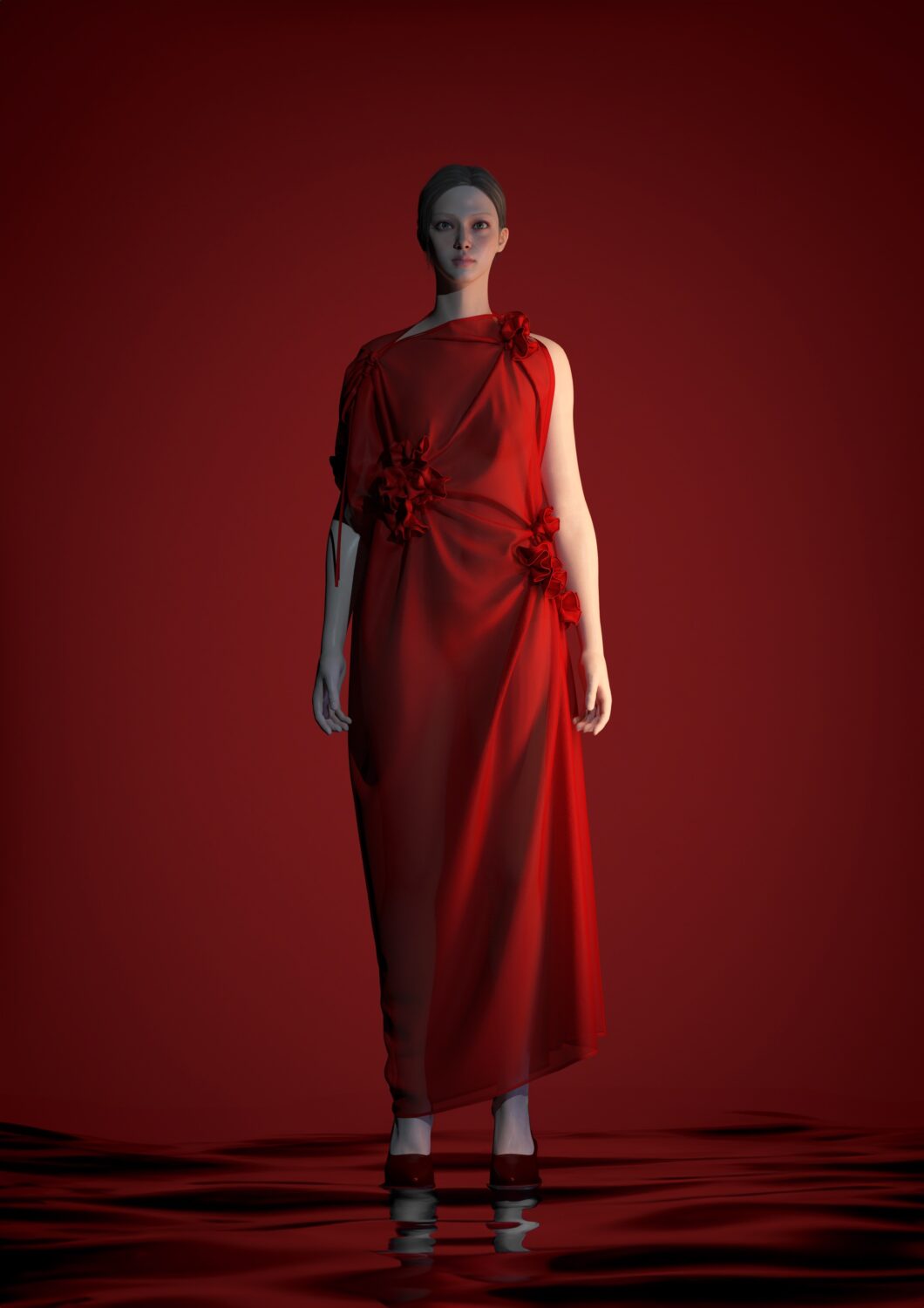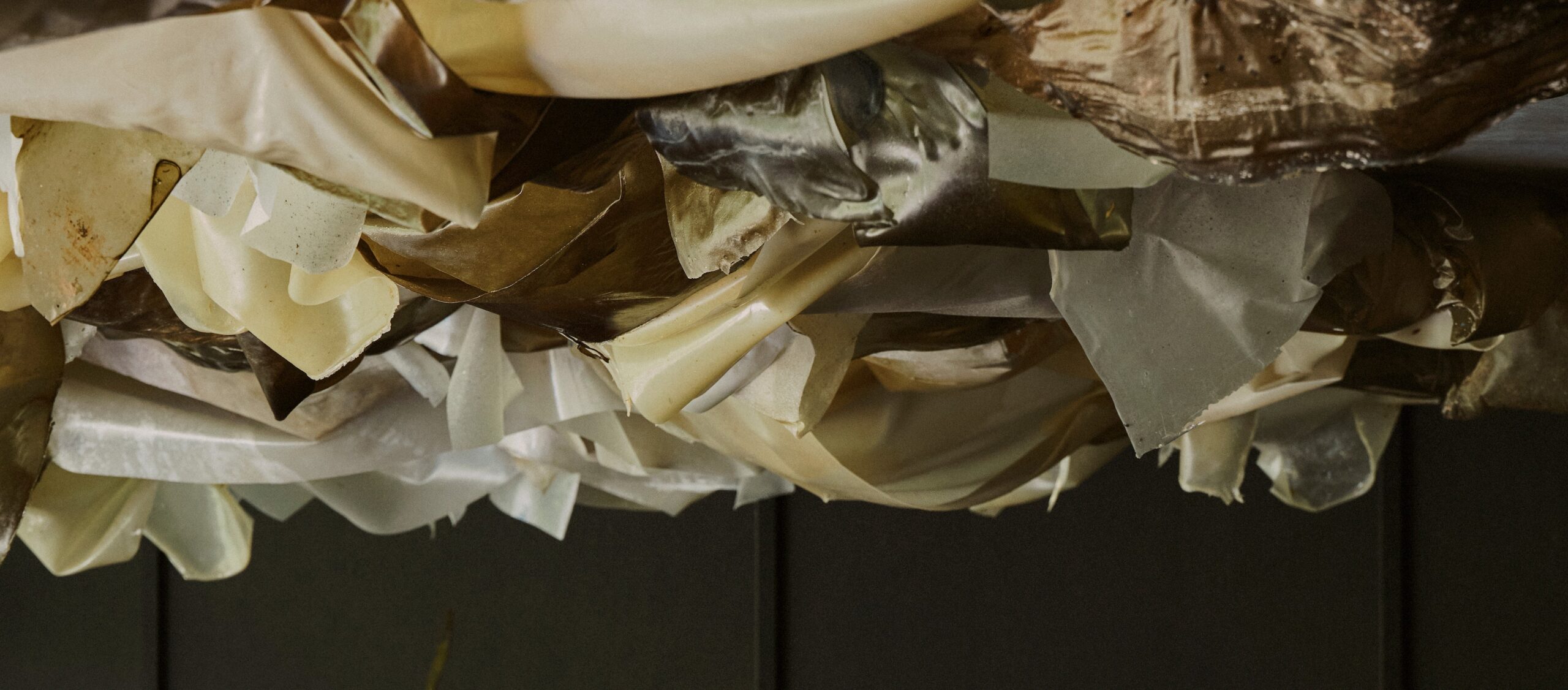About
Professor Kjetil Fallan has worked with the intersection of environmental histories of design and histories of ecological design for over a decade. He is convinced that designers and crafts artists can learn from the past in order to better understand material flows and inform new and more sustainable ways of designing today and in the future.
Associate Professor of Aesthetics and Culture at Aarhus University Ingrid Halland met Fallan for a conversation about raw materials, design, crafts, and the potential of collaboration.
Mass production leads to mass destruction of nature
Ingrid: The rise of consumer society has led to the overuse of natural resources, causing loss of biodiversity, more pollution, and higher greenhouse gas emissions. Since the way materials move around is connected to a global system of unfair extraction and production, the challenges for design are really complicated. How do you think design has played a role in getting us to this point?
Kjetil: Design has played a crucial part in the development of the consumer society. In fact, industrial design as a profession arguably came into its own in the US during the Great Depression, and was explicitly touted as a sales-promoting activity.
And mass-consumption requires mass-production. What has been less obvious, both to designers and to the public, is that mass-production in turn requires the mass-destruction of nature to procure the materials needed for production. A crucial, but often under-communicated aspect of the design process is specifying materials, and in doing so, designing becomes directly involved in the extractivist paradigm.

Raw Materials and Geopolitics – A Blind Spot?
Ingrid: How does the way we extract and use materials around the world connect to unfair practices like exploiting resources in other countries?
Kjetil: According to Raj Patel and Jason Moore, capitalism needs not only factories everywhere but also mines all over the world.
Ingrid: Mining and design are deeply intertwined. Take cobalt, for example. It’s a material found in countless products and is crucial for many designers and crafts artists, yet few are aware of how it is mined or its environmental impact. Craft artist Ane Fabricius Christiansen’s recent work is particularly fascinating to me.
In an upcoming project, she explores Norway’s extensive cobalt blue production during the long 19th century. She examines how this pigment became essential to Royal Copenhagen’s iconic blue and white porcelain. In the late 18th century, cobalt ore extracted from the Blaafarveværket mine outside Oslo was used to create vibrant blue glazes, playing a crucial role in the era’s economic and visual culture. It’s inspiring when artistic practices can uncover the historical and cultural entanglements of the raw materials we all depend on but often lack awareness of.
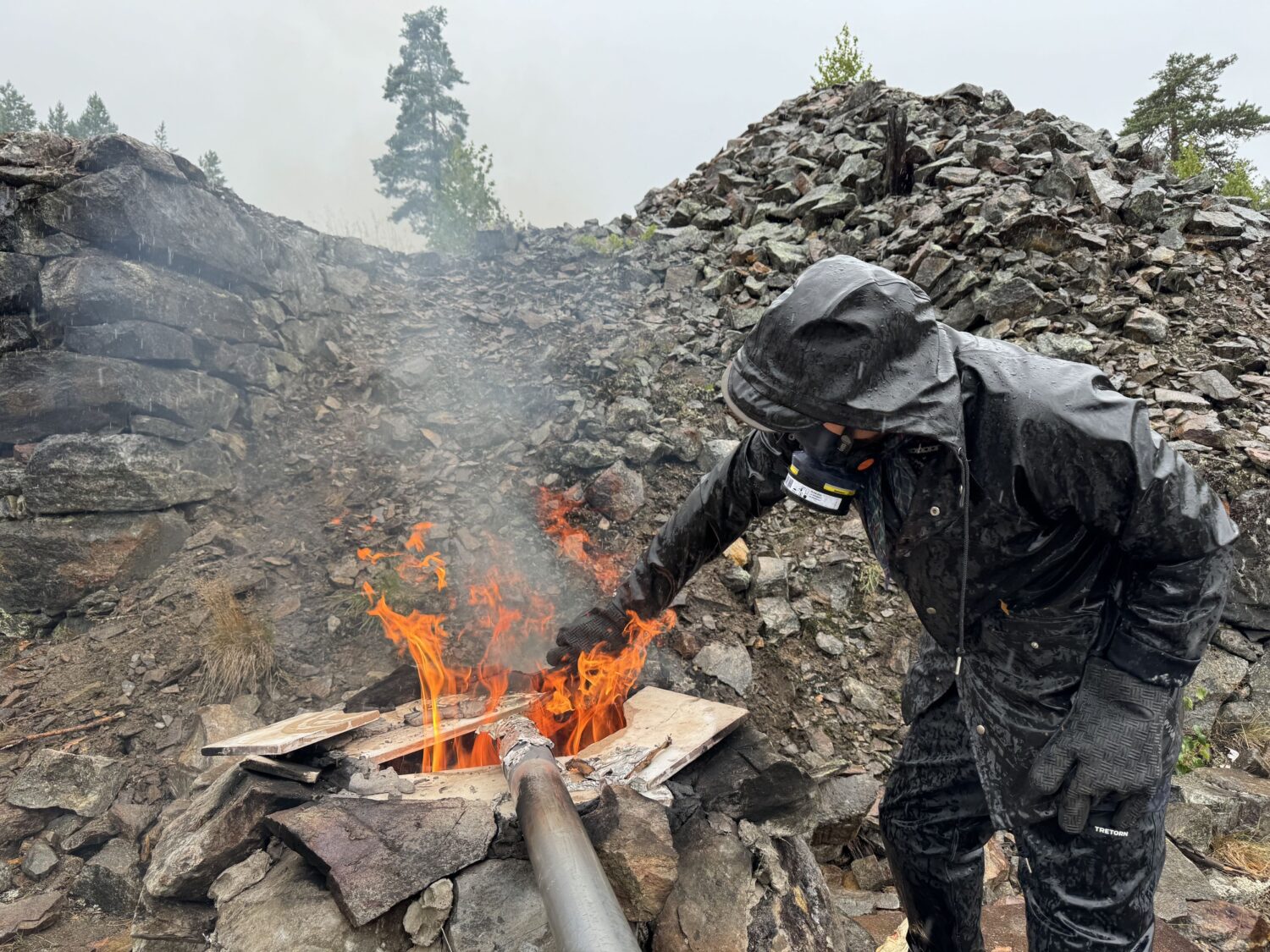
The Consequences of Global Material Flows
Kjetil: In this context it is important to note that during the second industrial revolution, colonization and exploitation were key to how factories and design practices grew. Nature was used in service of profit and obtained at very little cost. Because of this, understanding the full environmental impact of extracting, processing, and disposing of materials is very difficult and still a major challenge.
Ingrid: Yes, such complex challenges, called ‘wicked problems’ in design theory, involve materials becoming so hidden that we lose track of where they come from and what happens to them after we use them. The global systems involved are really connected and depend on each other, which makes it hard to find clear solutions or fully understand the impact of how materials move around the world. For example, the way waste is managed and moved between rich and poorer countries is mostly unseen by most people. At the same time, many experts say that our biggest climate problems are partly due to the challenges to perceive – and thereby understand – these issues. What other reasons make it difficult to fully understand the environmental impact of material circulation?
Kjetil: In the Global North, there is certainly something of an “out of sight, out of mind”-logic at play. As we’ve offshored most of the manufactured goods industries to other corners of the world, much of it in closed-off Special Economic Zones, it is difficult to see the material flows and their environmental impact.
To take a local example: Here in Oslo, there used to be textile mills and other types of manufacturing industry along the Aker river running through the city. This meant that people had a relation to how stuff was made, to the labor and the material resources that went into the production, the processes and facilities it required, and even to the pollution of the river and the extinction of the salmon it brought about.
Now, the industry is gone, the water is clean enough to swim in, fish has been reintroduced, and the riverbanks have become a park. The question is, though: what do the students at the several design schools housed in the area’s repurposed industrial buildings know about such material flows, past and present, and their own roles in them?
Waste in Unprecedented Quantities
Ingrid: Extraction and innovation have definitely transformed our world over the past hundred years, and it’s important to add that most of these effects have been in the Global North. The challenge now is figuring out how to tackle the consequences of modernization – like the waste piling up, often in the Global South. How has waste been understood in the field of design? Have there been times in design history when waste was viewed or thought about differently?
Kjetil: Waste is a fascinating and complex topic in design culture. But here, too, scale is of the essence. Mass-consumption generates unprecedented amounts of waste, and design is implicated all the way. Everything that ends up in our ever-growing landfills and incinerators is the product of design. Perhaps the most blatant example today is the carcasses of our rapidly replaced digital devices.
This so-called e-waste is then shipped off to somewhere with low labor costs and lax environmental legislation, in an attempt to reclaim some of its material value. Recycling and reuse of materials has always been part of design practices, even if this has traditionally been motivated by economic rather than ecological concerns.
Think of how worn-out garments have been turned into rag-ryes, for instance, or how during World War II scrap metal became a coveted commodity fed into the production of ever-more munitions. There are thus many historical practices which can inspire new and less wasteful ways of designing.
Inspiration from History
Ingrid: So, would you say that history is important for design students? Are there some moments, movements, people, or events in the history of design that you find to be especially relevant for designers today in order to get a better understanding of global material circulation?
Kjetil: Yes. As a design historian, I certainly believe history is important for design students. But perhaps not the conventional type of design history focusing on “heroic” figures, objects, and moments. Nevertheless, the past is rife with examples of practices we can learn about and from in order to better understand material flows and inform new and more sustainable ways of designing today and in the future.
In my own research, I have examined the countercultural design movements of the 1960s and their responses to that period’s environmentalist awakening. It is both fascinating and somewhat disheartening to learn that so many of the issues we discuss today were high on the agenda already back then. This kind of history can help design students better understand the implications of their future practices, I think.
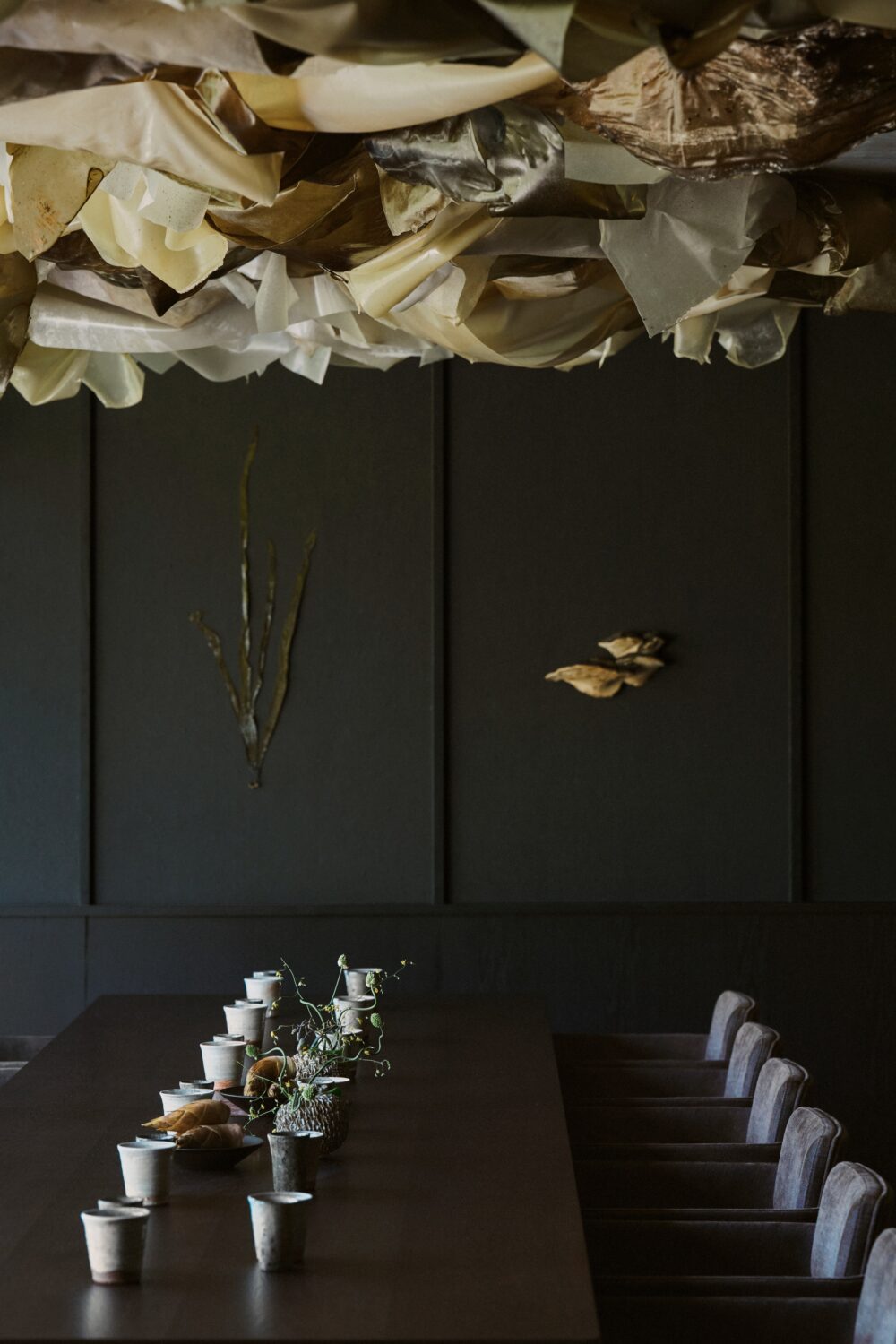
Craftspeople Have Intimate Relationships with Materials
Ingrid: Designers have always been inquisitive about raw materials, but in recent years, the discipline has focused increasingly on finding better and more sustainable ways of exploiting materials. Many designers work in process-oriented ways – often interacting with the processes of natural materials – to reconcile standardization with the unpredictable.
Today, designers mainly use problem-solving processes to generate dialogues and opportunities for cross-disciplinary collaborations. I think that many other fields could learn a lot from the field of design. But what do you think the field of design could learn from other disciplines, for instance crafts?
Kjetil: One interesting thing about crafts in this context is their intimate and literally hands-on relations to materials. Knowing and understanding the material has always been a key element of craft education and practice, which holds great potential as a source of learning for design.
The irony is that design education ever since the 1950s has struggled to free itself from this heritage, as it was felt that designers needed universal design expertise rather than specialized knowledge of, say, ceramics or metals. Perhaps it is time to recoup some of that material literacy inherent to craft traditions?
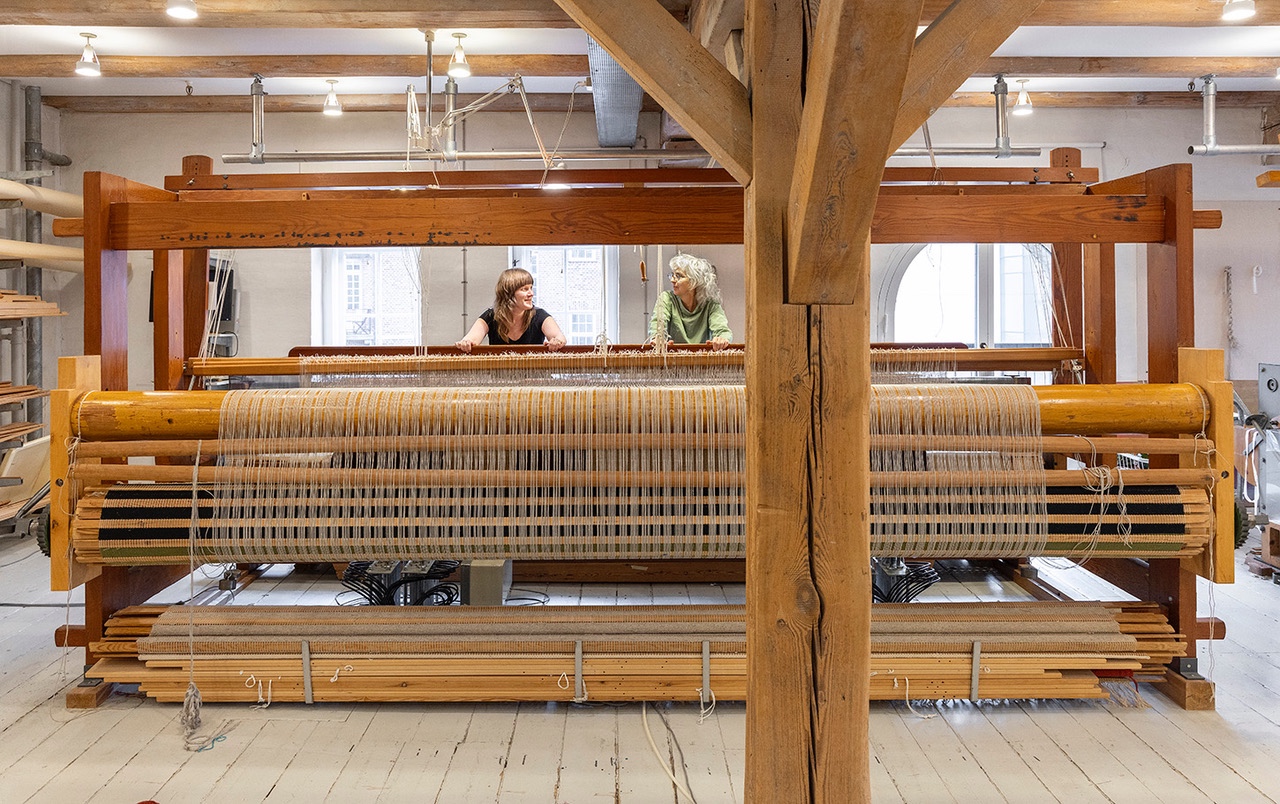
The Myth of the Immaterial and the Potential of Aesthetics
Ingrid: From the 1970s onwards, many designers turned their backs on mass consumption and tangible objects. Developments such as ‘participatory design’, ‘design thinking’ and, later, ‘system-oriented design’ became basic principles in design education.
Today, design is often thought of as a discipline that is processual and non-material rather than as an aesthetic means of expression; placing emphasis on the user, structural needs and responsible, functional solutions.
For example, the Oslo School of Architecture and Design (AHO) offers specialisation in four areas of design, but only the area of industrial design produces physical objects. In the other areas – systems design, service design and interactive design – the designer’s work focuses on creating relationships between different systems.
I believe, however, there is potential in the field of design to engage closer with aesthetics. Because as a design and architecture historian, I have seen how aesthetic innovation can transform society.
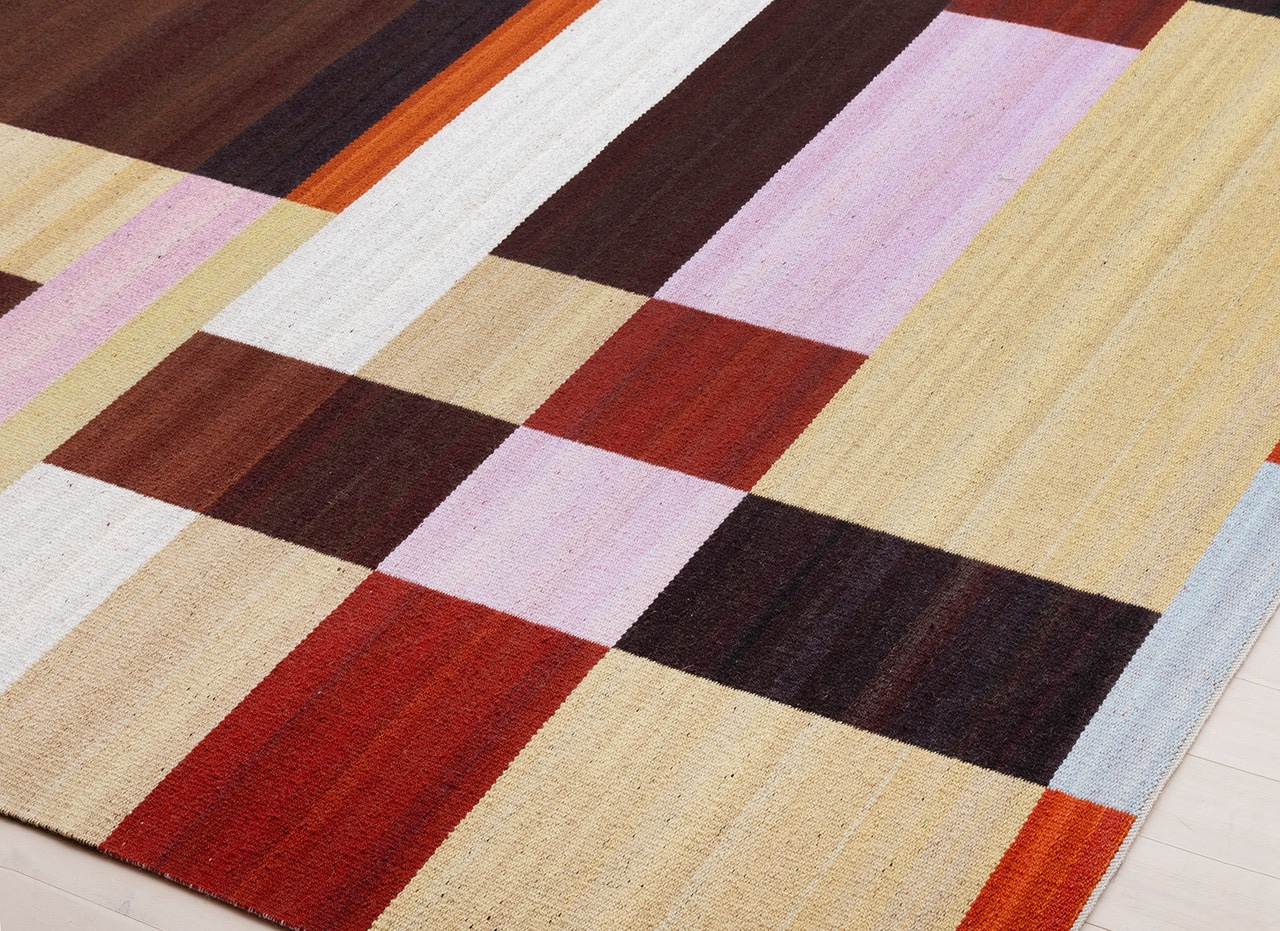
Kjetil: My first response to that is to call out the myth of immateriality. I would argue that systems design, service design and interactive design all produce, or at least rely on, physical objects.
Even purely digital systems/services and interaction design rely on computers and servers which are designed and manufactured, and which are full of extractive materials–many of them increasingly scarce.
But I fully agree that aesthetics holds great potential as a conversation partner for design, provided aesthetics is understood in its full breadth and complexity rather than confined to issues of style and form. The work of Mads Nygaard Folkmann, professor of design studies at the University of Southern Denmark, is a good example of that.
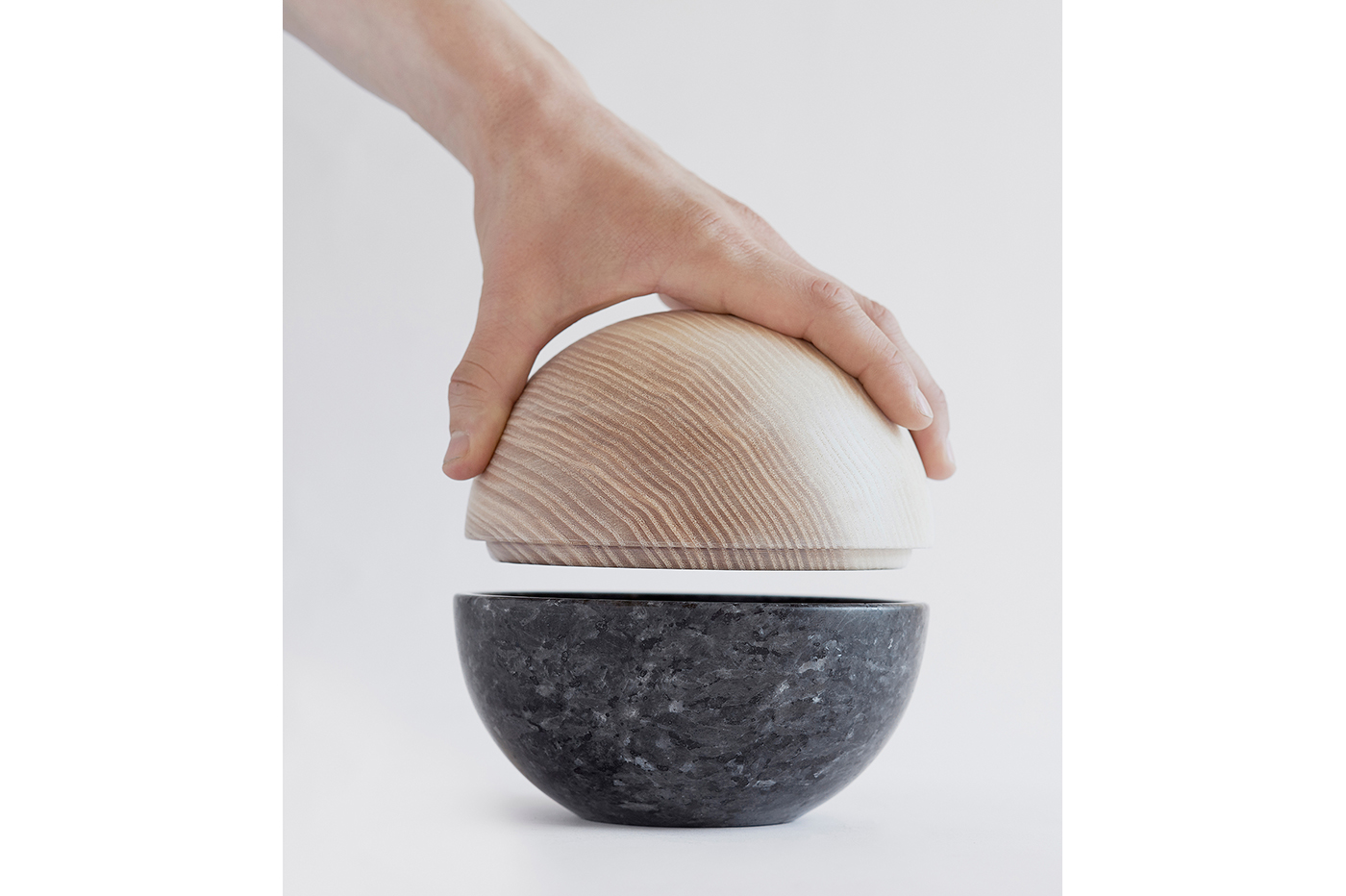
Innovative Collaborations Between Design and Craftsmanship
Ingrid: Today, there is little interaction between design and craft. The fact that, in many national contexts, including the Norwegian, each discipline has its own educational institutions, membership organizations, trade unions and funding programs, helps to uphold the boundaries between them. But in today’s ethical landscape, the fields might have more in common than they did in the past.
For example, ecological principles have fueled changes in both disciplines, although these changes have evolved in different ways. The question now is how the disciplines can interact across their boundaries in the future. Do you have any concrete examples for innovative collaborations in the field of design and crafts?
Kjetil: The structural divides you point to certainly are real and can impede closer collaborations. But recently we have nevertheless seen tendencies of a rapprochement of sorts, where designers are investing in craft-based methods and small-scale production, whereas (Norwegian, ed.) craft practitioners are coming back out of the art galleries and rediscovering objects of use and batch production.
We investigated some of these new, hybrid practices in the exhibition The Logic of the Local shown at Nordenfjeldske Kunstindustrimuseum in Trondheim in 2017. The designer Kristine Bjaadal, who was featured in the exhibition, is representative of this approach, making both one-off vessels in wood and stone and designing glassware and rugs for serial production.
Exemplifying the reciprocal movement, from craft towards design, is the ceramicist Sara Skotte, whose tableware for the restaurant Maaemo can right now be seen at the exhibition New Nordic. Cuisine, Aesthetics and Place at the National Museum of Art, Architecture and Design.
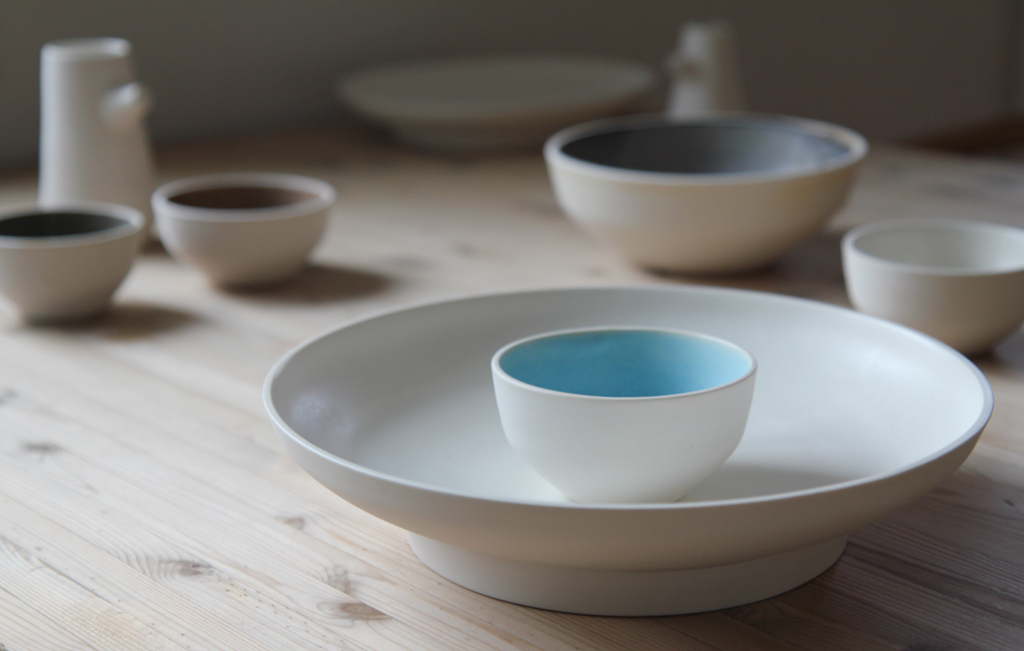
Ingrid: I would also highlight new initiatives like the Oslo-based Matera, a knowledge platform at the intersection of material science, craft, design, and construction. Founded by designers Matthew Dalziel and Andrea Pinochet, who have backgrounds in architecture, the platform reflects their shared commitment to rethinking material use in the built environment.
The key aspect of their approach is that each project begins with craft knowledge, historical context, and theoretical understanding of materials, followed by close collaboration with industry and construction sectors
What the Future Holds
Ingrid: Soon, you will publish the second edition of your book Design History: Understanding Theory and Method, which is widely used in curricula globally. The first edition was published in 2010. What are the key updates in this new edition?
Kjetil: It has been a welcome, but at times a frustrating challenge to revise this book, which I first started working on more than twenty years ago. As mentioned, much has happened since then in terms of the field’s subject matter and approaches. The main update to the new edition will be the addition of two new chapters, on the geographies and ecologies of design history, respectively. From my perspective, these two topics, which are intertwined in interesting ways, have been instrumental in pushing the field’s research front in exciting new directions and therefore deserve proper attention. Oh, and the illustrations will be significantly upgraded as the new edition will feature three times as many images, now in color.
Ingrid: You have taught and researched design history at universities around the world for 15 years. Have there been any changes in your teaching methods and approaches to design history over that time?
Kjetil: Oh yes, definitely. Partly because my own research over the last decade has turned more and more toward environmental histories of design and histories of ecological design, and this is in turn coloring my teaching as well. But this shift also reflects changing priorities and directions in the field of design history as an academic discipline at large, which has become far more diverse and responsive to societal challenges in general during this period.
Ingrid: While there have been some great developments in design history over the past decade, we still have a long way to go, especially when it comes to moving beyond a Western-centric view and making real changes across the entire field of design.
Kjetil: One really inspiring approach, rooted in design and craft traditions, is the focus on collaboration; working together and sharing ideas across different fields and sectors. I believe this kind of collective effort is important to create new futures for our massive waste issues and ecological impact.
Sources
Chakrabarty, D. “The human significance of the Anthropocene” in Reset Modernity!, Bruno Latour (ed)., 189–199. (MIT Press, 2016)
Fallan, K. Ecological by Design: A History from Scandinavia (MIT Press, 2022)
Halland, I. (ed.), Ung Uro: Unsettling Climates in Nordic art, Architecture and Design (Cappelen Damm akademisk, 2021)
Hutton, J. Reciprocal Landscapes: Stories in Material Movement (Routledge, 2020)
Nixon, R. Slow Violence and the Environmentalism of the Poor (Harvard University Press, 2011)
Patel, R and Moore, J.W. A History of the World in Seven Cheap Things: A Guide to Capitalism, Nature, and the Future of the Planet (University of California Press, 2017)
Further reading…
The borderland of raw materials
Ceramist Sissel Wathne (b. 1981) has worked at the intersection of different boundaries in art and life: between traditional craft and industrial design, between fine art and decorative art, between Denmark and Norway, between history and innovation and between local roots and global influences. In order to navigate in this boundary zone, Wathne uses her own hands as her ethical and aesthetic compass.
Associate Professor of Aesthetics and Culture at Aarhus University Ingrid Halland met Wathne for a conversation about stories, waste and surfaces.

A laboratory for future green solutions
Maker’s Island Bornholm has entered into a new, strong partnership with an EU-based research project and BOFA (Bornholm’s Waste Sorting). The goal is to create a crafts laboratory to conduct experiments related to sustainability, in a broad sense of the word that includes economic, environmental, social and cultural aspects
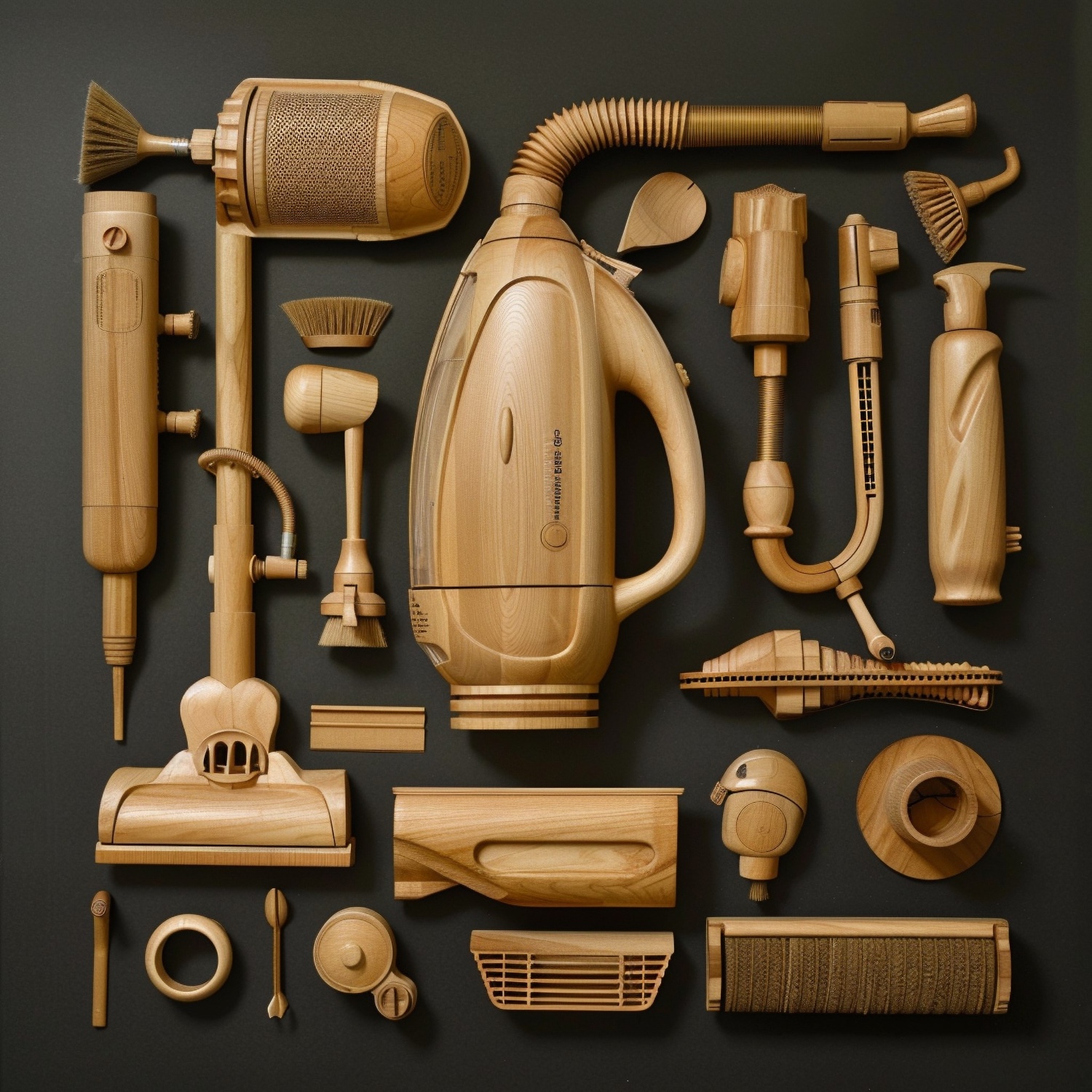
Blind Growth?
New technologies may risk becoming a facilitator or hindrance to sustainable solutions. Malene Pilgaard Harsaae illuminates how the metaverse, NFTs, and 3D contribute to sustaining growth in the fashion industry.
